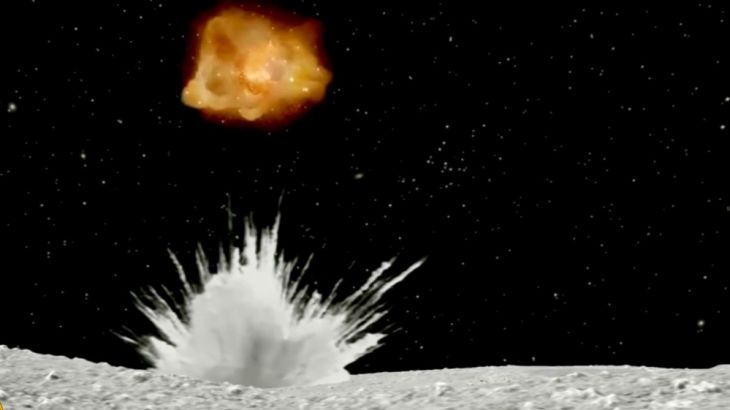Asteroid targeted by explosive space mission named
Asteroid on which Japan’s space agency will detonate explosives in 2018, to be called “Ryugu” – after ancient story.

Japan’s space agency JAXA has announced the results of a competition to name asteroid 1999 JU3, the 980-metre-wide space rock it hopes to target with its sample-return mission Hayabusa2.
The agency chose the name Ryugu from over 7,000 suggestions.
Keep reading
list of 4 itemsCould shipping containers be the answer to Ghana’s housing crisis?
Are Chinese electric vehicles taking over the world?
First pig kidney in a human: Is this the future of transplants?
The name comes from the ancient Japanese story Urashima Taro, in which the main character, Taro Urashima, brings back a casket of treasure from the Dragon’s palace, or the Ryugu Castle.
JAXA said the theme of “bringing back treasure” resonates with the Hayabusa2 mission as the fridge-sized spacecraft is fitted with an explosive bullet which it is hoped will detonate on the asteroid before returning samples to Earth.
The $260m spacecraft, which was launched last December, is propelled by ion engines – a system which uses electricity to accelerate gas particles.
“That makes a jet that goes extremely fast about 30-40km/s,” said Francisco Diego, from University College London.
“Although the mass of this gas is very very low, it produces a little bit of a push in a very efficient way and that’s enough to steer the spacecraft along the orbit.”
The craft performed a successful burst of its engines early last month to put it on course for a planned Earth flyby in December.
It is currently playing catch-up with asteroid Ryugu, one of many asteroids that orbit the Sun, mainly between Earth and Mars.
Once Hayabusa2 arrives in mid-2018, it will spend 18 months studying the asteroid.
Tiny rover robots
Experiments include dropping tiny rover robots onto the surface to make scientific tests of the structure and chemical make-up of the asteroid.
The most ambitious part of the mission involves firing a high-speed explosive bullet into the asteroid’s crust.
“It’s going to produce a crater,” said Diego.
“It’s going to produce a puff of material, ejecting material out into space, which is going to be collected by this instrument, and part of that cloud is going to be brought back.”
When that process is completed, Hayabusa2 will begin a year-long journey back to Earth, where it is hoped to arrive in 2020.
Scientists say the rock from inside the asteroid will be less weathered by the space environment and by heat.
They hope these rocks will answer some fundamental questions about the early stages of the formation of the solar system, how Earth evolved, and where the Earth’s oceans may have formed.